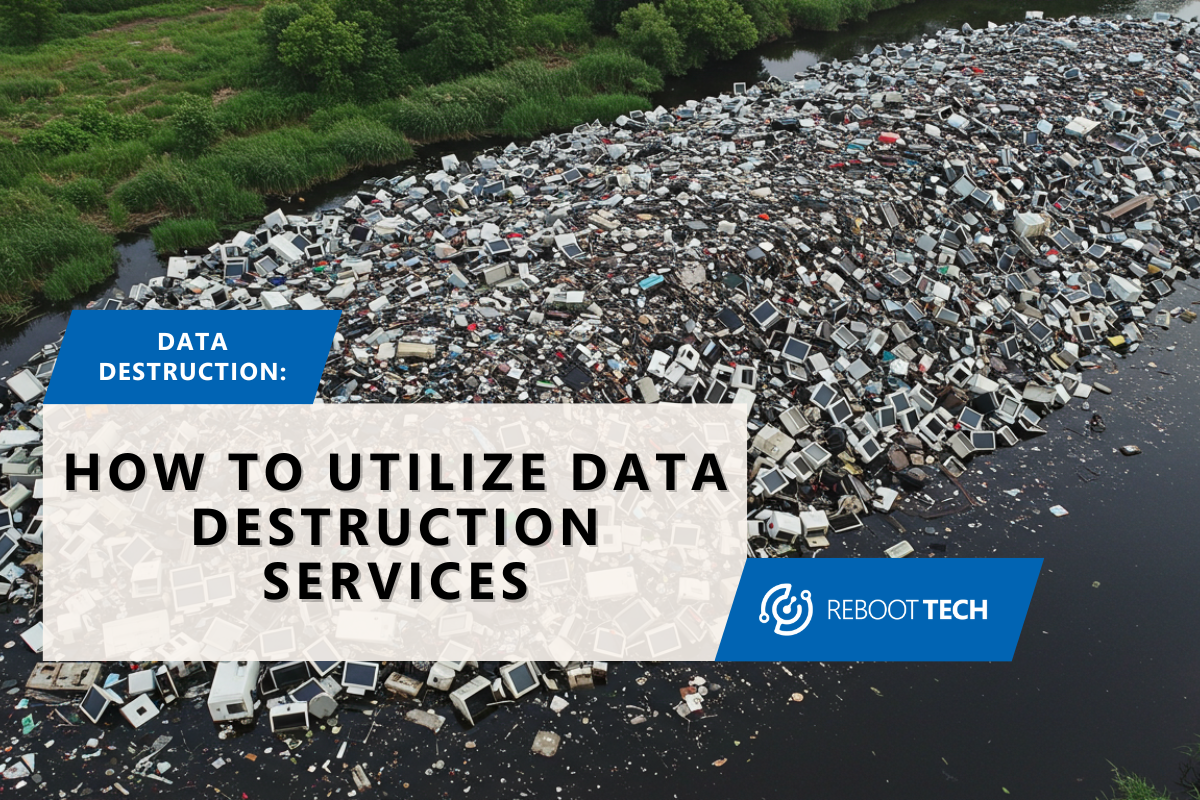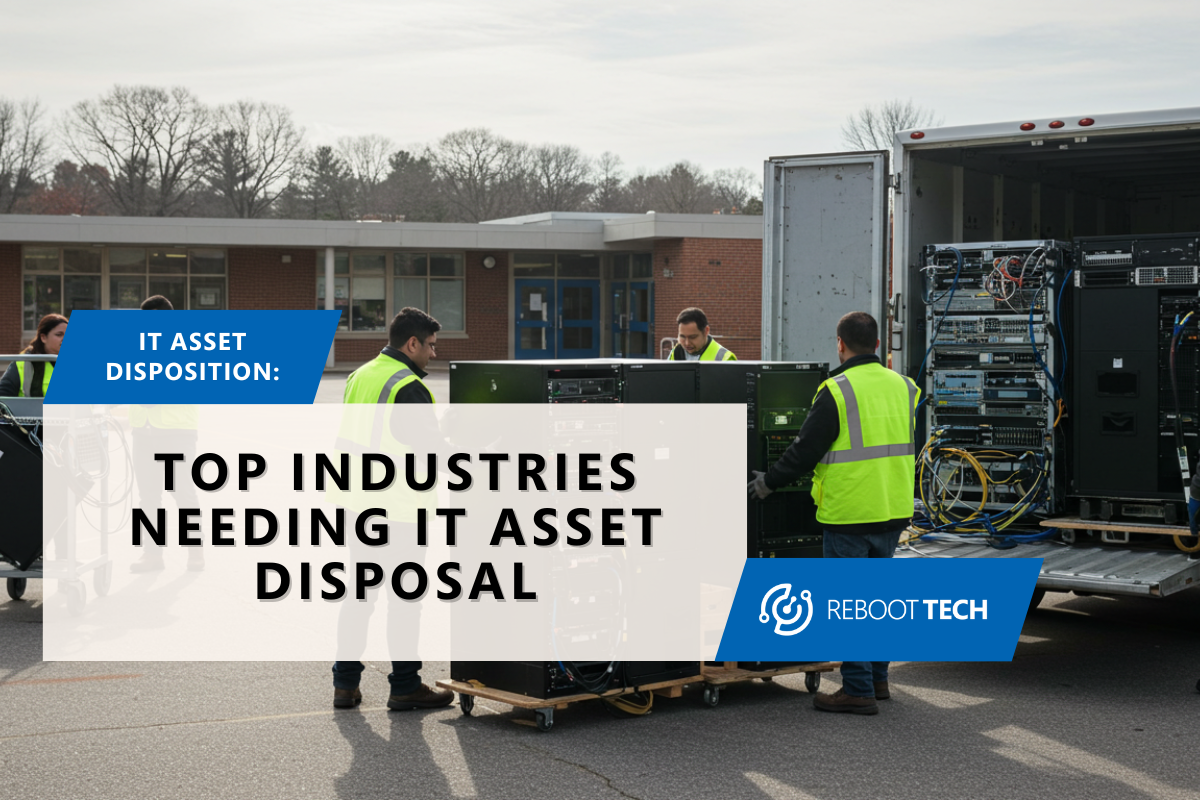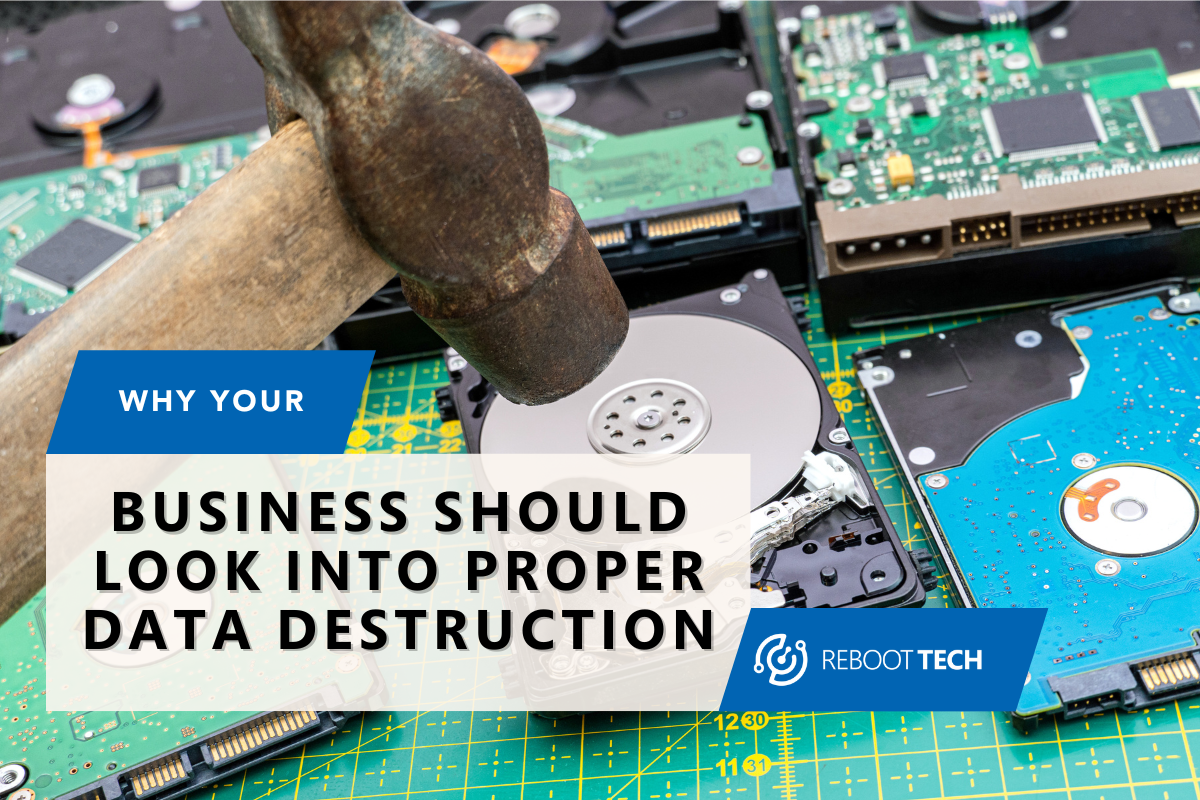
Why Your Business Should Look Into Proper Data Destruction
In today’s digital world, businesses, government agencies, and people are dealing with a lot of data. Technology is becoming more important in daily tasks, leading to even more data being created. But with this increase in digital info comes a greater need for good ways to manage it. Making sure data is destroyed securely is very important for keeping sensitive info safe.
Whether it’s customer records or business secrets, protecting this data is crucial. In this guide, we’ll talk about why destroying data properly is so important in the bigger picture of managing data. We’ll look at different tips and practices to show why it’s a key part of keeping data safe and secure.
What is Data Destruction?
Data destruction includes a lot of different methods, all of which are aimed at erasing data from storage devices. These include hard drives, SSDs, tapes, and optical media. One of the main goals of data destruction is to make sure that the data cannot be recovered in any way.
Many people think that simply hitting “delete” or moving it to the recycling bin is enough. This is not the case as hackers can still access sensitive data if it’s not destroyed correctly.
Data security risks are prevalent in the digital landscape, with cyber threats evolving constantly. Businesses that fail to prioritize data destruction expose themselves to the risk of unauthorized access, data theft, and regulatory non-compliance. Additionally, improper handling of data disposal can tarnish a company’s reputation and erode customer trust.
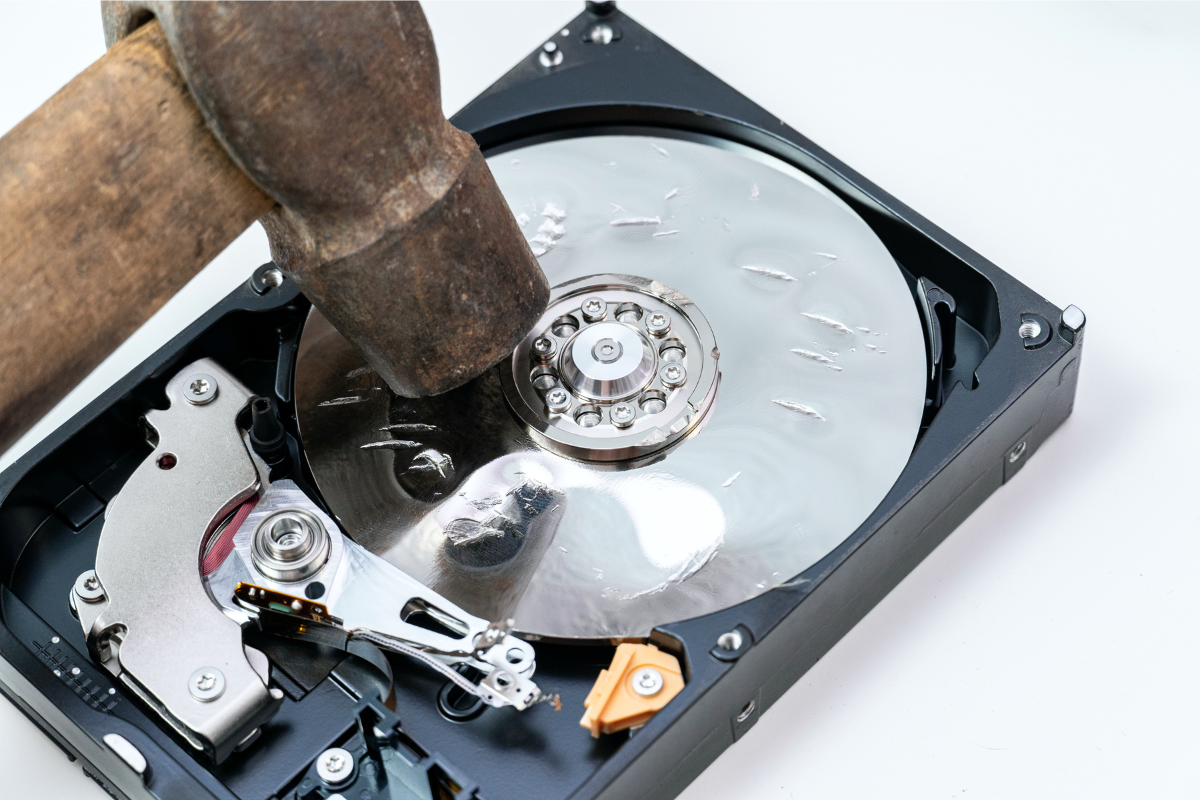
Legal Compliance
Many regulatory requirements are about data privacy and protection as well. When your business isn’t compliant with these laws, it can result in costly penalties or legal problems. When you work with a data destruction company, you can stay worry-free about these compliances, such as the General Data Protection Regulation (GDPR) and the Health Insurance Portability and Accountability Act (HIPPA).
Environmental Impact

Not only are you able to keep up with legal compliances and security, but proper data destruction helps the environment as well. You can help reduce electronic waste (e-waste), which contains harmful materials that pollute the environment. By recycling these properly and having your data properly destroyed, you can also minimize your ecological footprint.
Methods of Data Destruction
Many methods for data destruction are available and have their benefits. These methods include degaussing, physical destruction, and overwriting. Each method offers varying levels of security and is suited to different types of media.
Degaussing
Degaussing is a common technique for erasing magnetic data from storage devices. It involves exposing the media to a strong magnetic field, which neutralizes its magnetic properties and makes the data unrecoverable. This method works well for tapes and hard drives that hold sensitive information.
For instance, imagine a company that needs to dispose of old computer hard drives containing confidential customer data. Instead of physically destroying the drives, which can be costly and environmentally harmful, they opt for degaussing. They send the drives to a certified ITAD provider equipped with degaussing equipment.
Once subjected to the powerful magnetic field, all data on the drives is effectively erased, ensuring that sensitive information remains secure. This approach not only protects sensitive data but also promotes eco-friendly disposal practices.
Physical Destruction
Physical destruction is a method that involves damaging storage media to make the data on it impossible to recover. This can be done by shredding, crushing, or breaking the media into small pieces. The aim is to ensure that the data stored on the media cannot be reconstructed or accessed by unauthorized parties, which ensures a high level of security.
For example, let’s say a company has retired hard drives containing sensitive customer information. To prevent any possibility of data breaches, the company decides to use physical destruction as the method of data sanitization.
They employ a specialized shredding machine that breaks down the hard drives into tiny fragments, making it virtually impossible for anyone to retrieve or reconstruct the data. This ensures that the company’s sensitive information remains confidential and protected from potential threats.
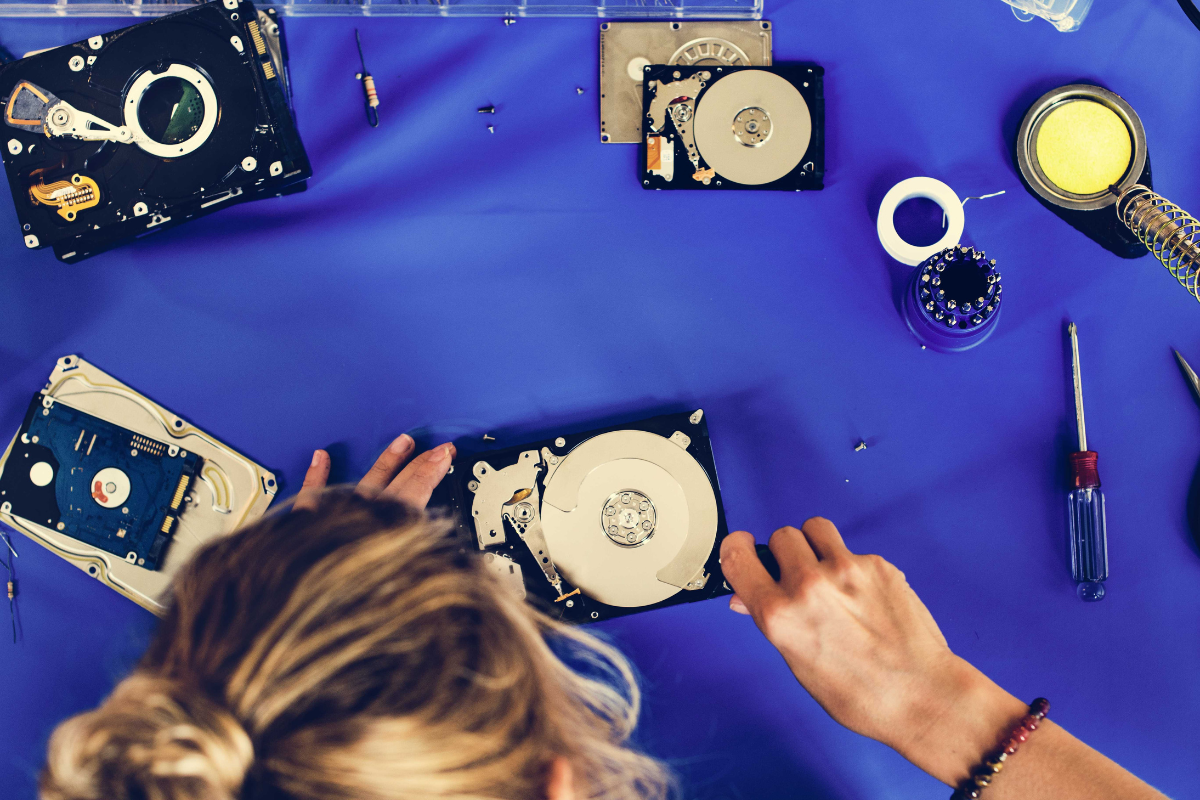
Overwriting
Overwriting is a method that replaces old data with new data multiple times, completely deleting the original information. It uses advanced software to overwrite the device’s entire storage space with random characters or patterns, ensuring that the previous data cannot be recovered. This method provides a practical and cost-effective way to securely erase data from storage devices.

For example, consider a company upgrading its computer systems and getting rid of old hard drives. Before disposing of these drives, the company uses overwriting to ensure that sensitive business data, like customer information and financial records, is permanently deleted.
By using specialized software to repeatedly write random patterns over each hard drive’s entire storage space, the company removes any trace of the previous data. This ensures that the company’s confidential information stays protected even after the hardware is no longer in use.
Choosing the Right Data Destruction Partner
Selecting a reputable data destruction partner is essential to ensure the effectiveness and reliability of the process. When searching for the right partner, make sure to check the company’s certifications. The ones to look out for are for them to be R2v3 and ISO certified.
With the amount of cyber attacks, and e-waste piling up, it’s more important than ever to have a proper data destruction policy. It includes a lot of benefits such as protecting your sensitive information, regulatory compliance, and protecting the environment.
By understanding the importance of data destruction and partnering with trusted service providers, businesses can protect their digital assets and lower security risks effectively. Together, we can build a more sustainable future with good business practices.


